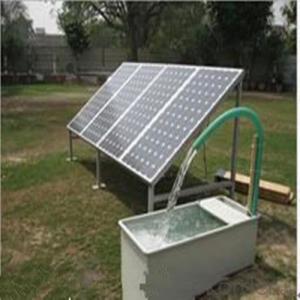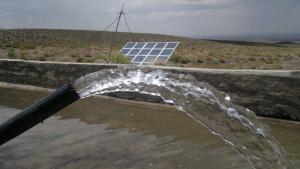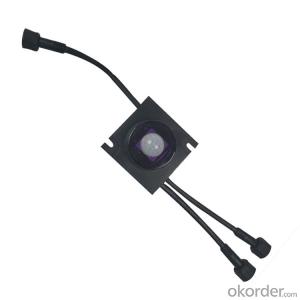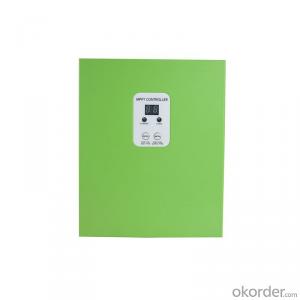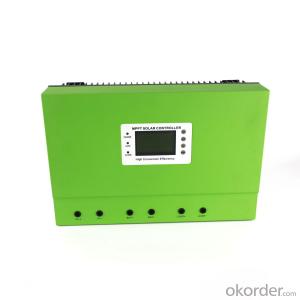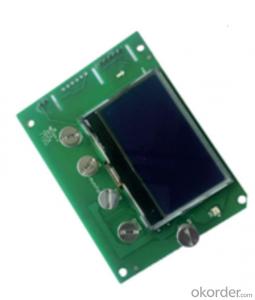Jfy Solar Pumping Inverter
Jfy Solar Pumping Inverter Related Searches
Quality Solar Inverter Construction Of Solar Inverter Use Of Solar Inverter Application Of Solar Inverter Solar Light Inverter Efficiency Of Solar Inverter Cost Of Solar Inverter Components Of Solar Inverter Uses Of Solar Inverter Benefits Of Solar InverterHot Searches
Type Of Inverter For Solar Types Of Inverter For Solar Used Solar Inverter For Sale Inverter Size For Solar System Solar Edge Inverter For Sale 5kw Solar Inverter For Sale Solar Inverter For Sale Solar Inverter For Battery Solar Inverter For Split Ac Solar Inverter For Laptop Solar Inverter For Fridge Inverter Solar System Price Type Of Inverter For Solar Solar Edge Inverter For Sale Solar Inverter For Sale Solar Inverter For Battery Solar Inverter For Laptop Solar Inverter For Fridge Solar With Inverter Price Solar Inverter With 2 BatteryJfy Solar Pumping Inverter Supplier & Manufacturer from China
Okorder.com is a professional Jfy Solar Pumping Inverter supplier & manufacturer, offers integrated one-stop services including real-time quoting and online cargo tracking. We are funded by CNBM Group, a Fortune 500 enterprise and the largest Jfy Solar Pumping Inverter firm in China.Hot Products
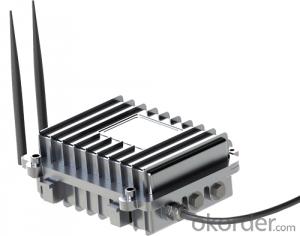
Internet of Things Wireless Centralize Controller Remote Monitor System MPPT Solar Charge Controller
FAQ
- Yes, a solar controller can be used in a solar-powered drone charging system. A solar controller helps regulate the charging process by ensuring that the solar panels are charging the drone's batteries efficiently and preventing overcharging or damage. It also helps manage the flow of energy from the solar panels to the drone, ensuring a stable and consistent power supply.
- When troubleshooting common issues with solar controllers, there are a few steps you can follow to identify and resolve the problem: 1. Check the connections: Ensure all the connections between the solar panels, battery, and load are secure and properly connected. Loose or faulty connections can lead to issues with the controller's functionality. 2. Examine the display: If your solar controller has a display, check for any error codes or abnormal readings. This can provide valuable information about the issue. Refer to the user manual or manufacturer's documentation to understand the meaning of the error codes. 3. Inspect the wiring: Look for any signs of damage or wear on the wiring. Rodents or extreme weather conditions can cause wire damage, which can lead to malfunctions in the system. Repair or replace any damaged wires to ensure proper functioning. 4. Test the voltage: Use a multimeter to measure the voltage of the battery and solar panels. Compare the readings to the expected values specified by the manufacturer. If there is a significant difference, it could indicate a problem with the controller or the solar panel itself. 5. Reset the controller: Many solar controllers have a reset button or a procedure to reset the device to its factory settings. Try resetting the controller to see if it resolves the issue. Make sure to save any custom settings before performing a reset. 6. Check the battery health: If the solar controller is not charging the battery properly, it could be due to a faulty battery. Test the battery separately to verify its health and capacity. If necessary, replace the battery with a new one. 7. Inspect the solar panels: Examine the solar panels for any damage or obstructions that may prevent them from receiving sufficient sunlight. Dirt, debris, or shading can reduce the efficiency of the panels, leading to poor charging performance. 8. Consult the manufacturer or an expert: If you have exhausted all troubleshooting steps and are still experiencing issues, it is recommended to reach out to the solar controller manufacturer's customer support or consult a professional for further assistance. They can provide specific troubleshooting guidance or arrange for repairs or replacements if necessary. Remember to prioritize safety when troubleshooting solar controllers by following proper electrical handling procedures and disconnecting power sources before conducting any inspections or repairs.
- The role of a solar controller in preventing battery over-voltage is to regulate the flow of energy from the solar panels to the battery, ensuring that the battery does not receive an excessive charge. The solar controller monitors the voltage level of the battery and automatically disconnects the solar panels when the battery reaches its maximum safe voltage. By preventing over-voltage, the solar controller helps protect the battery from damage and extends its lifespan.
- Solar-powered electric fences for wildlife conservation can indeed utilize a solar controller. The solar controller plays a vital role in regulating the flow of electricity from the solar panels to the fence, making it an indispensable part of the system. Its primary function is to ensure that the fence receives the appropriate voltage and current, effectively deterring wildlife while minimizing energy consumption. By doing so, the solar controller enables the fence to operate optimally, achieving its intended purpose of wildlife conservation. The solar controller offers various features specifically designed for wildlife conservation. One notable feature is the inclusion of built-in timers, allowing the fence to activate only during specific periods, such as nighttime when predators are most active. This feature not only saves energy but also extends the battery's lifespan by preserving the stored solar energy. Additionally, solar controllers often possess low voltage disconnect (LVD) capabilities. When the battery's charge drops below a predetermined level, the controller automatically disconnects the fence, preventing excessive discharge of the battery. This safeguard protects the battery and ensures that the fence remains functional when required. Moreover, certain solar controllers offer remote monitoring and control capabilities, enabling wildlife conservationists to remotely monitor the fence's status and make necessary adjustments. This feature proves particularly advantageous in managing fences located in remote or inaccessible areas, where physical inspections pose challenges. In conclusion, the solar controller assumes a critical role in solar-powered electric fence systems for wildlife conservation. Its presence guarantees the optimal functioning of the fence, maximizes energy efficiency, and safeguards the battery. Furthermore, the advanced features of select solar controllers provide flexibility and remote control capabilities, making them highly suitable for wildlife conservation purposes.
- Yes, a solar controller can be used with solar panels that are connected to a battery backup system. In fact, a solar controller is typically an essential component of such a system. The main function of a solar controller is to regulate the voltage and current from the solar panels to prevent overcharging of the batteries. It does this by monitoring the battery state of charge and adjusting the charging parameters accordingly. When solar panels are connected to a battery backup system, the solar controller ensures that the batteries are charged efficiently and effectively. It controls the flow of electricity from the solar panels to the batteries, maximizing the charging capacity and optimizing the battery life. Additionally, a solar controller can also provide other important functions such as load control, which controls the power consumption from the batteries, and system monitoring, which provides real-time information on the performance of the solar panels and batteries. Overall, a solar controller is an essential component in a solar panel system connected to a battery backup system, ensuring proper charging and management of the batteries, and improving the overall efficiency and performance of the system.
- Yes, a solar controller can be used with solar tracking systems. A solar controller helps regulate the charging and discharging of batteries in a solar power system, while a solar tracking system adjusts the orientation of solar panels to maximize sunlight exposure. By integrating a solar controller into a solar tracking system, it ensures efficient power management and optimal performance of the entire system.
- A solar controller protects against short circuits by continuously monitoring the electrical current flowing from the solar panels to the battery. If a short circuit occurs, the controller immediately detects the sudden increase in current and automatically shuts off the flow of electricity, preventing any damage to the solar panels or other connected components.
- The specific model and manufacturer determine the maximum voltage input for a solar controller. Generally, solar controllers can accommodate voltage inputs ranging from 12 to 48 volts. To determine the exact maximum voltage input for a particular solar controller model, it is essential to refer to the product specifications or seek guidance from the manufacturer's guidelines.




















